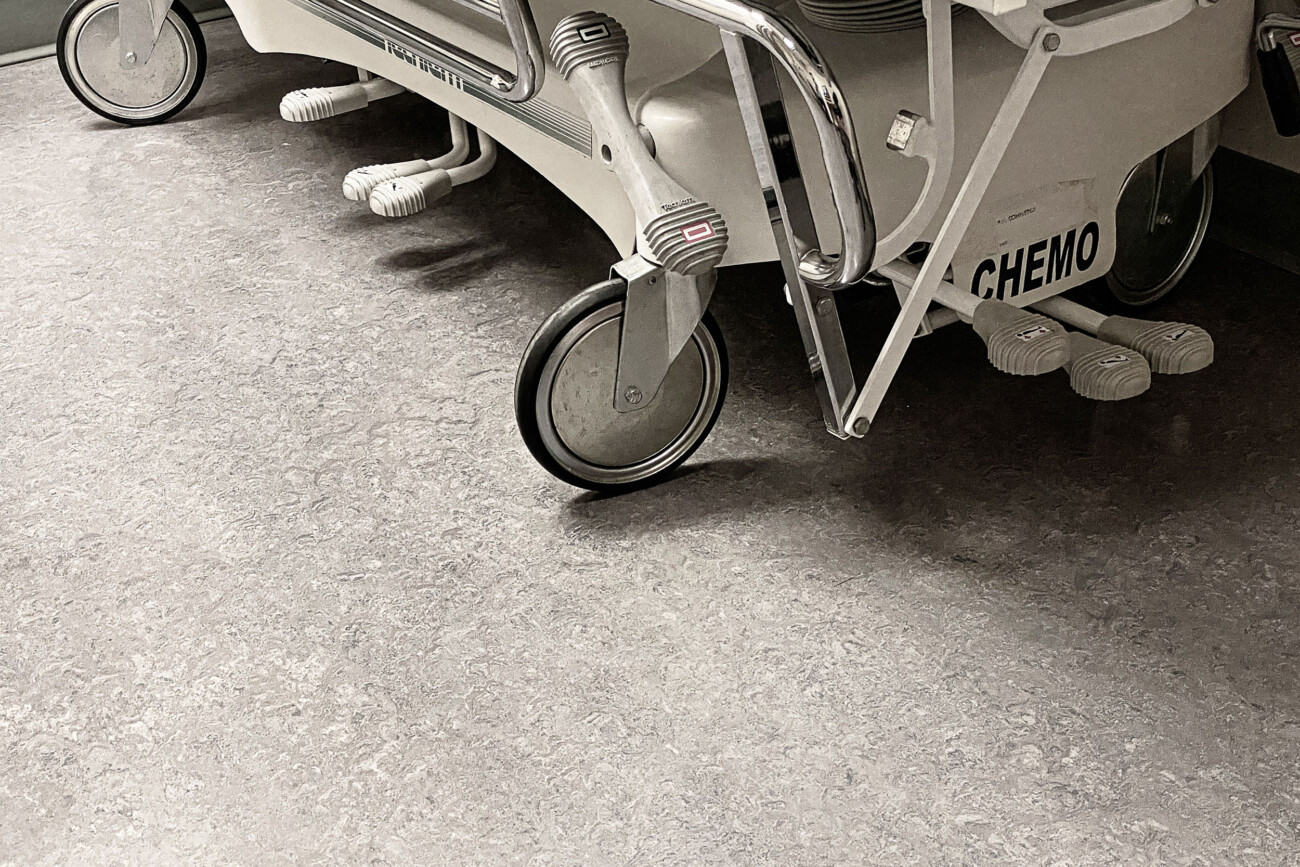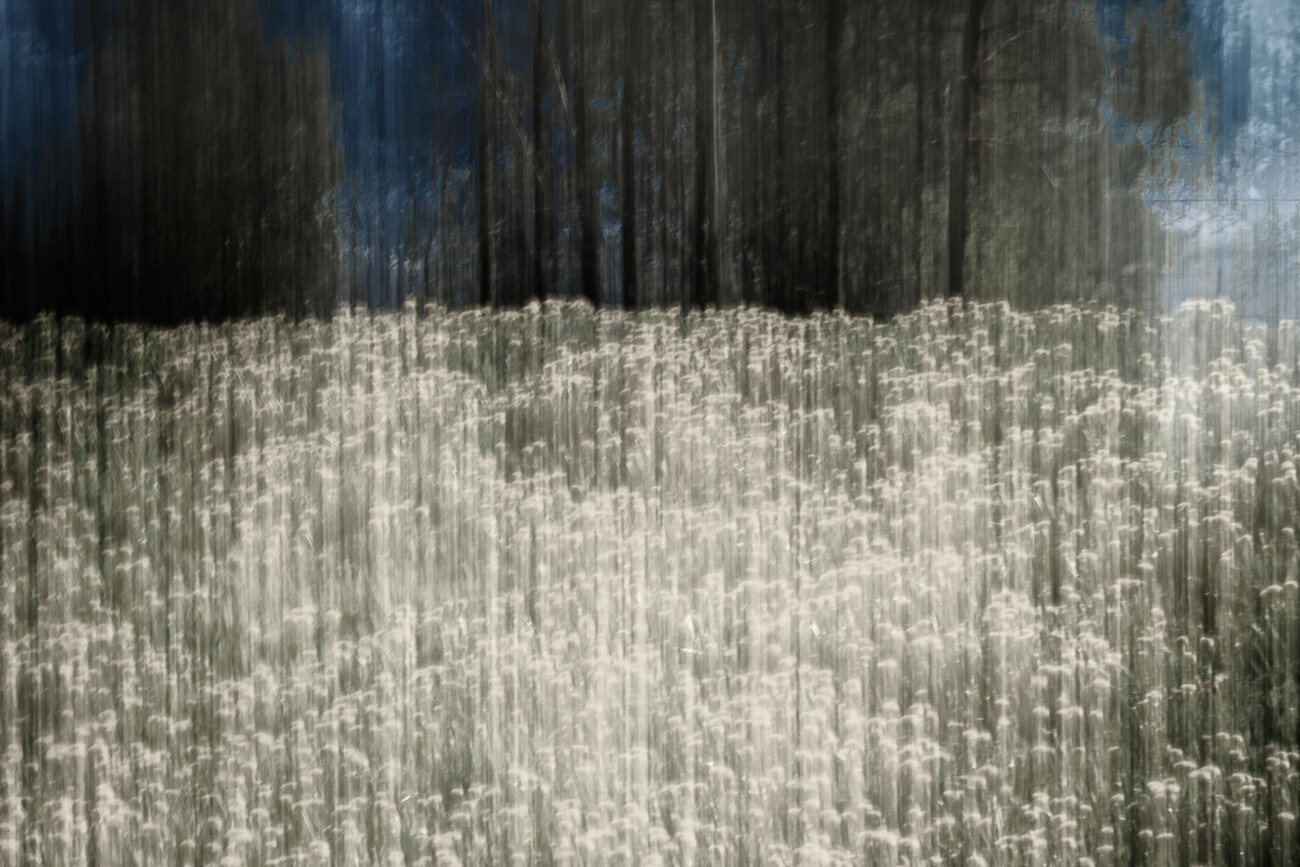Stephen Starkman is a photographer from Toronto, Canada. Starkman’s work has been published internationally and he has contributed to group shows with the likes of John Paul Caponigro, Joyce Tennyson, Cig Harvey, Douglas Kirkland, Elizabeth Opalenik and Jerry Uelsmann amongst others.

Emerald Arguelles: Can you discuss your introduction to photography?
Stephen Starkman: My cousin, Akiva, had been to the Canadian Rockies with a then new Pentax SP500 SLR shooting transparencies. In my mind, it was a glorious trip. I must have been 11 or 12 at the time and became completely fascinated not only with the beauty of the images, but the incredible color that jumped from the projector & screen directly into my eyeballs. To say that I saw the light… well, I saw the light, literally.
Akiva later passed his camera down to me where I tried but could not succeed in making the images I had hoped for. Although not really wanting to, I tried and tried until something else distracted me. Adolescence.
In college, I became the junior to the school’s photography professor. I could have lived in the darkroom. Everyone my age remembers the magic of a latent image on paper slowly becoming visible before one’s eyes. That happened to me too. I learned all about processing film, printing images in the darkroom and even bought myself a brand new SLR. And of course now, it’s all coming back as “vintage”!


EA: What has been your process creatively?
SS: It’s really a matter of seeing, of being aware. Looking, watching, and waiting. Sometimes it’s the immediate “click” of the shutter that for some reason seems to come straight from my heart. To say that my image-making has changed over the years would be an understatement.
The darkroom (and now digital imaging) has many tricks, but I’m loathe to use them in my work currently. Although I do frequently touch up my images, I choose not to composite any. The images are real and have (within reason) been seen in the manner they were taken. This is especially important to me in my new book.

EA: Your cancer diagnosis prompted you to create “The Proximity of Mortality”, what fueled you to share this with the world?
SS: When I learned that my cancer was terminal, I had the thought (instilled and encouraged by others) to document my treatment, my moods and create a project that could somehow become a legacy. I had no idea that I’d live this long. I was frightened of the unknown and frankly afraid I was going to die within weeks (some do).
The project has become a lifeline. If I’m too weak or ill (ie: during chemo) then I’ll shoot documentary images in the hospital using an iPhone. If I’m stronger then I’ll shoot with my pro gear. A little mixing and matching helps too!
Once I could see that I’d likely finish the book, I hired a designer and a publicist to help me. It all came together rather quickly and I immediately knew that the book would have a unique point of view that I wanted very much to share as widely as possible.

EA: Has the process of creating this book revealed anything to you about yourself or life?
SS:It does every day. For months I underwent chemotherapy and radiation therapy which left me in a state where I could not proceed down long corridors without a wheelchair. Life is fragile. Then after chemo I slept for what seemed weeks on end. And it was. Life can be exhausting. Afterwards, the oncologist discovered a lesion in my brain. Life can be frightening. It’s been a journey. A journey that far too many people go through.
As a photographer, I wanted to document as much as I could – until I could not. And not from the perspective of a family member or journalist. I wanted to document my own decline.
At some point in the process of doing the book I decided to expand it. So, it’s not only about myself but about others as well. I invited a cancer survivor to contribute poetry. She did. Then I decided to divide the book into four sections in a non-linear manner. And so it became: (1) my own narrative, (2) metaphorical images, (3) documentary images (primarily in the hospital) and (4) comments solicited to and for current and past cancer patients nominated by the management of a local cancer support organization.
Without any of these the book may have felt very monotonous, very one sided. It gives it a larger meaning. Community.


EA: Can you discuss the opening image of this book?
SS: This is the opening image in the book. It looks and feels lovely, dreamy. However, it is set at a small size relative to the page to accentuate its distance from the viewer. In a sense, we’re starting the book with an image which is disconnected from our “reality” of the book’s size.

EA: What led you to the title of your book?
SS: I was struggling with a title. I had already decided upon my subtitle: “A Visual Artist’s Journey Through Cancer” and thought it made the most sense, mentioning “Visual” “Artist” “Journey” and “Cancer”. It occurred to me that the title examined not only my own proximity to mortality but others as well. It makes sense in both contexts. My own feelings “of mortality’ (not “to mortality) and the survivors I witnessed in the hospital inching who where inching ever closer.
Mortality is humanity.

EA: What would you like viewers/readers to take away from your work?
SS: It’s a difficult topic. There’s no one way to die, yet death is our only destiny. It’s the quality of your life that counts.


The Proximity of Mortality: A Visual Artist’s Journey through Cancer is self-published by Stephen L Starkman.
To purchase a copy of the book, go here:
Andrea Smith Public Relations
Email: andreasmith202@gmail.com
Cell: +1 646-220-5950